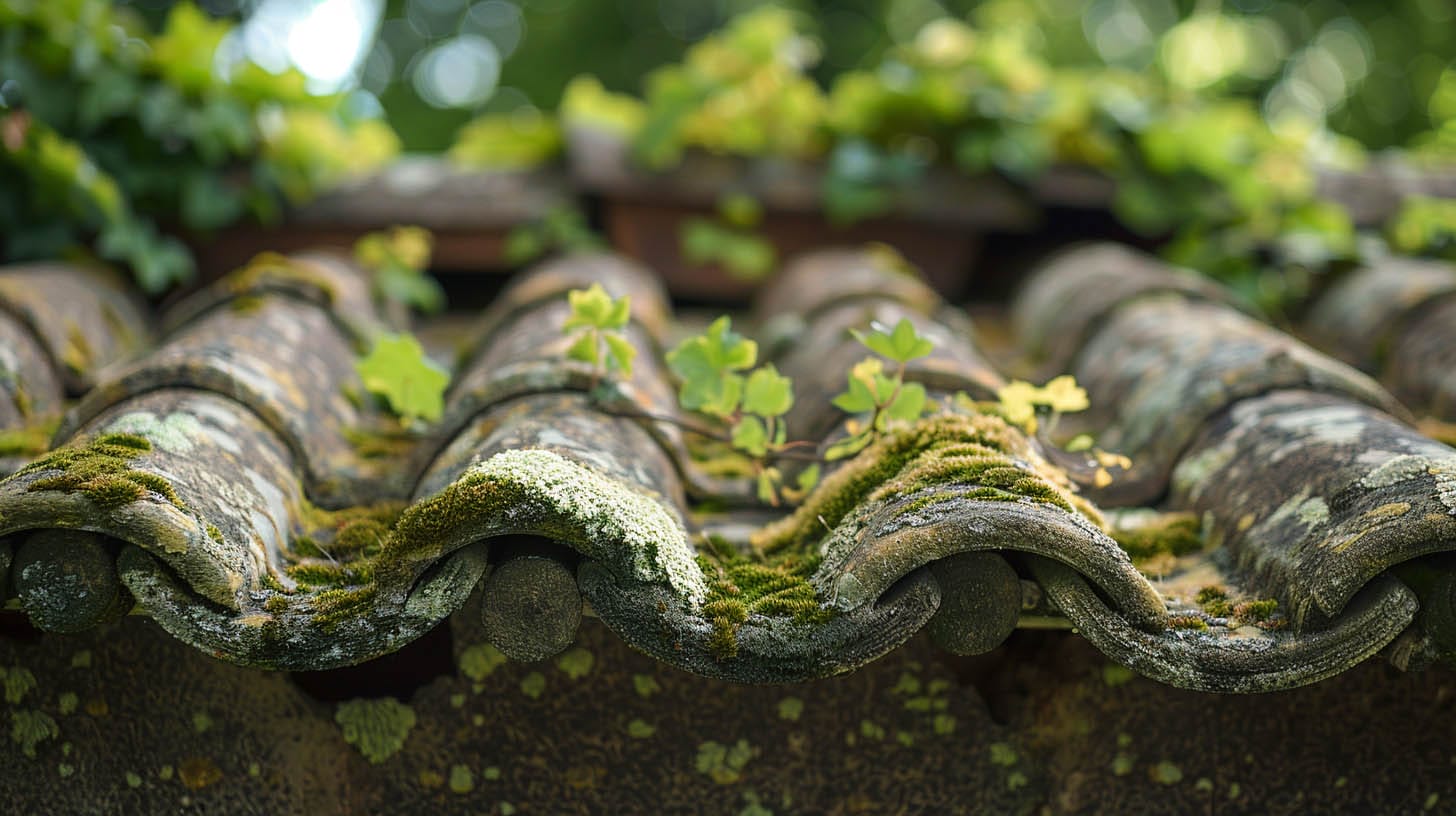
Understanding the durability of your roof is paramount for maintaining the integrity and safety of your home. The lifespan of a roof varies significantly based on the materials used, environmental conditions, and maintenance practices. This article will delve into the expected lifespans of various roofing materials, tips for prolonging your roof’s life, and indicators that it’s time for a replacement.
The material of your roof is the primary factor determining its longevity. Here’s what homeowners can typically expect:
Teflon Roofing, located in Chambersburg PA, emphasizes the importance of selecting the right material for your climate and architectural style to ensure both longevity and aesthetic appeal.
While some factors affecting roof life, like weather, are beyond control, several practices can significantly extend your roof’s lifespan:
Annual or bi-annual inspections by professional roofers can identify and rectify minor issues before they escalate, preventing costly repairs or premature replacement.
Addressing damage or wear immediately can prevent water infiltration and more extensive damage. Prompt repairs preserve the integrity of your roofing system.
Regular cleaning and maintenance of gutters prevent water backup and protect the roof’s edges from water damage.
Overhanging branches can scratch roofing materials and drop debris that traps moisture. Keeping trees trimmed minimizes these risks.
Proper attic ventilation and insulation prevent heat and moisture buildup that can degrade roofing materials prematurely.
Recognizing when a roof has reached the end of its useful life is crucial. Here are signs that replacement may be necessary:
The longevity of your roof is influenced by the materials used, the environment, and maintenance practices. By selecting the right materials, performing regular maintenance, and addressing issues promptly, you can maximize the lifespan of your roof. When signs of significant wear or damage appear, consult with a reputable roofing professional to determine the best course of action.
Chambersburg, PA 17201
Open: 24/7
Contact Us Today
Copyright © Teflon Roofing